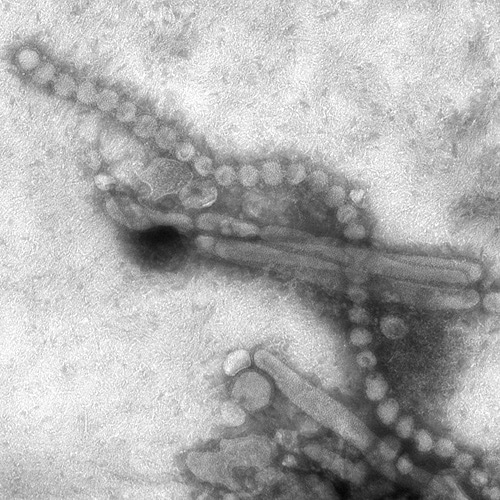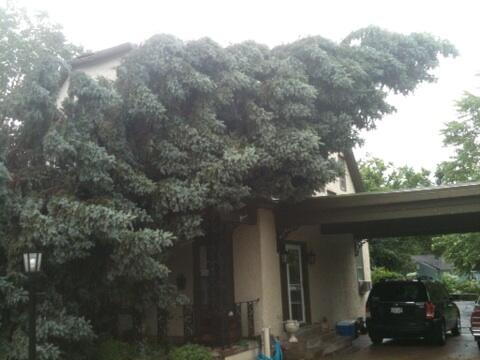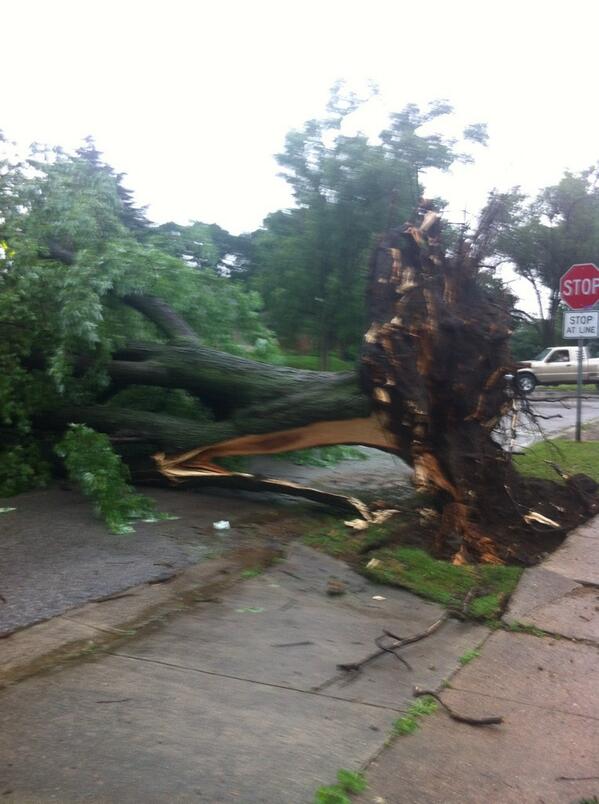Earth Watch Report - Epidemic Hazards

....
| Today | Epidemic Hazard | Canada | Province of Alberta, Edmonton |
Epidemic Hazard in Canada on Friday, 28 June, 2013 at 02:50 (02:50 AM) UTC.
| Description | |
| The
Public Health Agency of Canada says an American man who ended up in an
Edmonton hospital tested positive for previous infection with an H7
influenza virus.Canada's acting chief public health officer says the man
is not currently ill with flu and therefore is not contagious. Dr.
Gregory Taylor says, though, that the event is a reminder that viruses
like the new H7N9 bird flu are only a plane ride away. The blood test
used to diagnose the previous infection cannot determine the
neuraminadase or N component of the virus with which the man was
infected. But the infectious diseases specialist who treated him in
Edmonton was on the lookout for H7N9 flu, which has infected 132 people
in China this spring, killing at least 39 of them. The man had travelled
in southern China in late May, though apparently not in a part of the
country where human infections with H7N9 flu were recorded. "Could he have been infected with H7N9? Maybe. We don't know for sure," Taylor says. But he notes Canada has been on heightened surveillance for the new virus and this case suggests the system is working. "It's a small world and these plane rides are short," Taylor says. The unidentified man, described as elderly, has been travelling extensively in recent weeks. Taylor says he did not know where the man was from in the United States. He travelled to China and from there to Singapore and India. The man became severely ill in India and apparently spent time in an intensive care unit in a hospital there. Taylor says he doesn't know what city that occurred in or what illness led to his hospitalization. After his release from hospital, the man travelled to Cairo, where he boarded a flight bound for San Francisco. While that flight was in the air, the man became ill and lost consciousness. The plane was diverted to Edmonton. Taylor says the man may have suffered a diabetic coma in flight. When he landed quarantine officers assessed the case and determined that the man's symptoms did not indicate active influenza, Taylor says. Once the man was in hospital, he developed what appeared to be aspiration pneumonia - pneumonia caused by drawing in fluids to the lungs. An infectious diseases specialist at the hospital where he is being treated knew the man's travel history and ordered a battery of tests. The tests were negative for active viral infection. But the blood tests turned up evidence of a past infection with H7 flu. "The reassuring thing is that the viral tests are all negative," Taylor says. "Our understanding is he is improving and hopes to go home soon." Taylor says the Public Health Agency has been liaising with the U.S. Centers for Disease Control on the case and the U.S. agency believes it is safe for the man to return to the United States. He says Canadian authorities are also notifying counterparts in countries where the man had travelled. | |
| Biohazard name: | H7Nx |
| Biohazard level: | 4/4 Hazardous |
| Biohazard desc.: | Viruses and bacteria that cause severe to fatal disease in humans, and for which vaccines or other treatments are not available, such as Bolivian and Argentine hemorrhagic fevers, H5N1(bird flu), Dengue hemorrhagic fever, Marburg virus, Ebola virus, hantaviruses, Lassa fever, Crimean-Congo hemorrhagic fever, and other hemorrhagic or unidentified diseases. When dealing with biological hazards at this level the use of a Hazmat suit and a self-contained oxygen supply is mandatory. The entrance and exit of a Level Four biolab will contain multiple showers, a vacuum room, an ultraviolet light room, autonomous detection system, and other safety precautions designed to destroy all traces of the biohazard. Multiple airlocks are employed and are electronically secured to prevent both doors opening at the same time. All air and water service going to and coming from a Biosafety Level 4 (P4) lab will undergo similar decontamination procedures to eliminate the possibility of an accidental release. |
| Symptoms: | |
| Status: | suspected |
CALGARY HERALD
Plane diverts to Edmonton with sick patient; tests show man had H7 flu

This April 15, 2013 electron microscope image provided by the Centers for Disease Control and Prevention shows the H7N9 virus which can take on a variety of shapes. THE CANADIAN PRESS/AP, CDC, C.S. Goldsmith, T. Rowe
Canada's acting chief public health officer says the man is not currently ill with flu and therefore is not contagious.
Dr. Gregory Taylor says, though, that the event is a reminder that viruses like the new H7N9 bird flu are only a plane ride away.
The blood test used to diagnose the previous infection cannot determine the neuraminadase or N component of the virus with which the man was infected.
But the infectious diseases specialist who treated him in Edmonton was on the lookout for H7N9 flu, which has infected 132 people in China this spring, killing at least 39 of them.
The man had travelled in southern China in late May, though apparently not in a part of the country where human infections with H7N9 flu were recorded.
"Could he have been infected with H7N9? Maybe. We don't know for sure," Taylor says.
Read More Here
....












